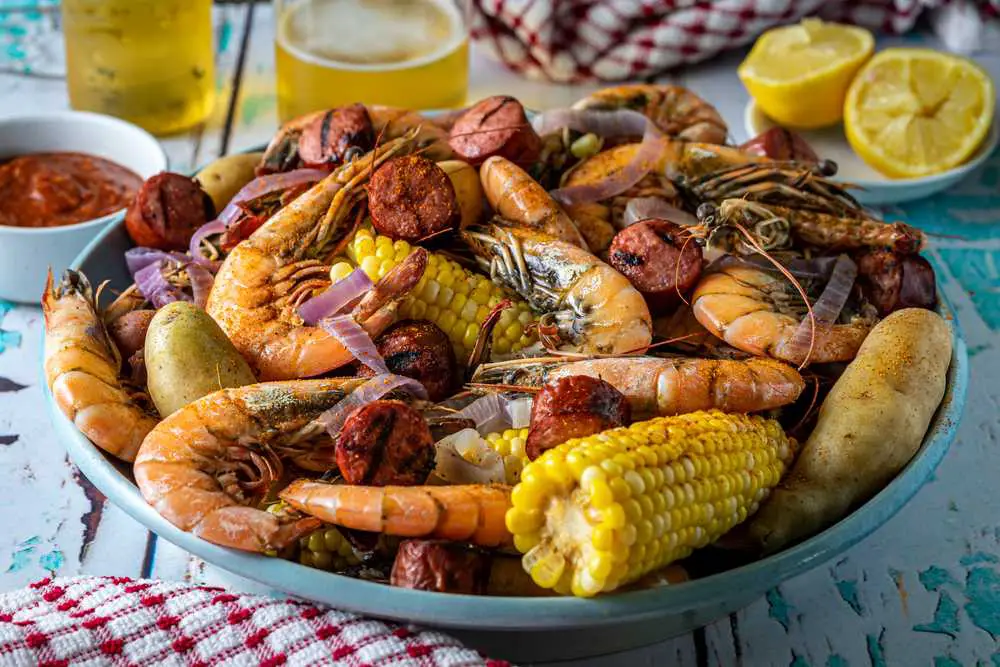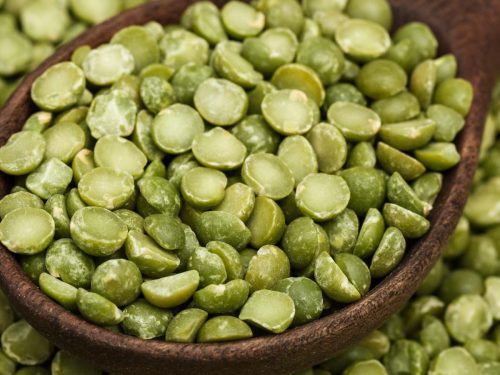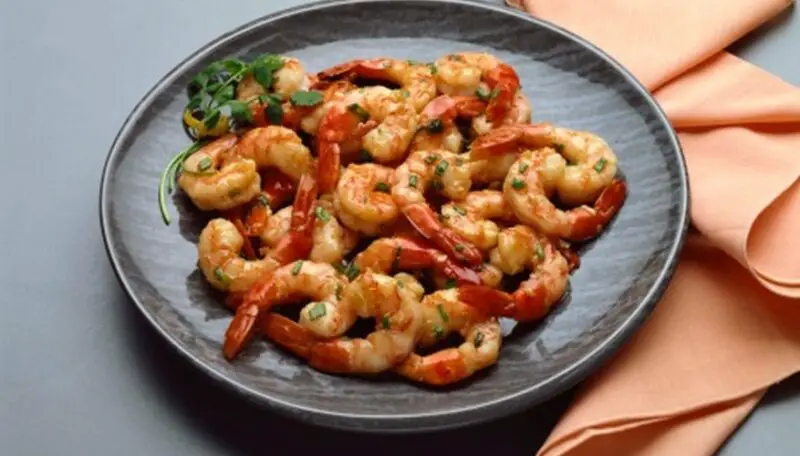When it comes to cooking, there are few things as polarizing as sweet and savory dishes. While some people swear by the combination of flavors, others insist that they should be kept far apart. So what’s the truth? Can you cook sweet and savory at the same time? In this article, we’ll explore the science behind these flavors, discuss successful combinations, and provide tips for cooking with both.
The Science Behind Sweet and Savory Flavors
Before we get into the nitty-gritty of combining sweet and savory flavors, let’s first take a look at what makes each flavor unique.
Sweetness is one of the five basic tastes detected by our taste receptors. It’s typically associated with foods that contain sugar or carbohydrates, such as fruits, baked goods, and candy. When sugar molecules come into contact with receptors on our taste buds, they trigger a signal to the brain that registers sweetness.
Savoriness is a more complex flavor that scientists call umami. It was discovered in Japan in 1908 by a chemist named Kikunae Ikeda, who noticed that kombu seaweed had a unique flavor that didn’t quite fit into any of the traditional categories. Umami is detected by receptors on our tongue that respond to glutamate, an amino acid found in many foods including meat, fish, and mushrooms.
So what happens when you combine these two flavors? In some cases, they can work together beautifully – think maple glazed bacon or honey roasted carrots. But in other cases, the clash can be jarring – imagine biting into a chicken breast stuffed with jellybeans.
Examples of Successful Sweet and Savory Combinations
If you’re looking to incorporate sweet and savory flavors into your cooking but aren’t sure where to start, here are a few popular combinations to try:
- Bacon-wrapped dates: The saltiness of the bacon pairs perfectly with the sweetness of the dates, creating a classic tapas dish that’s enjoyed across Spain.
- Honey-glazed ham: A staple of holiday dinners, this dish features a salty ham coated in a sticky-sweet honey glaze.
- Pineapple pizza: One of the most controversial food items out there, pineapple pizza combines sweet pieces of fruit with savory tomato sauce and cheese.
- Coconut curry: This Thai-inspired dish often contains both sweet (from coconut milk) and savory (from spices like ginger and cumin) flavors.
So why do these combinations work so well? In many cases, it’s because they balance each other out. The sweetness can help cut through the saltiness or bitterness of certain ingredients, while the savory flavors can help tone down excessive sweetness.
Challenges of Combining Sweet and Savory Flavors
While sweet and savory dishes can be delicious when done right, there are certainly pitfalls to watch out for when trying to combine these flavors. Here are a few common challenges:
- Overpowering sweetness: If you add too much sugar or a sweet ingredient to a savory dish, it can easily override all other flavors and become cloying.
- Overly saltiness or sourness: On the other hand, if you add too much salt or acidic ingredients (like vinegar or lemon juice), you risk overwhelming sweet flavors and creating an unappetizing dish.
So how do you avoid these issues? A good place to start is by identifying the dominant flavor in your dish. If you’re making a savory curry, for example, you might want to add some sweetness to balance it out. On the other hand, if you’re working with a sweet fruit like pineapple, you’ll want to make sure you don’t overwhelm it with spices or too much salt.
Techniques for Incorporating Both Flavors
When cooking with sweet and savory flavors, it’s important to find the right balance between the two. Here are a few techniques that can help:
- Add acid: A squeeze of lemon juice or a splash of vinegar can help cut through sweetness and bring out other flavors in a dish.
- Use herbs or spices: Certain seasonings like rosemary or cinnamon can work well to balance sweet and savory flavors.
- Add umami-rich ingredients: Foods like soy sauce, mushrooms, or Parmesan cheese can add depth and complexity to a dish that contains sweetness.
- Adjust timing: Depending on when you add certain ingredients (like sugar), you can either amplify or tone down their sweetness.
It’s also important to taste your food as you go and make adjustments as needed. This will help you find the perfect balance for your own personal tastes.
Embracing the Sweetness in Savory Dishes
If you’re interested in incorporating more sweetness into your savory cooking but aren’t sure where to start, consider adding fruits into your dishes. Fruits like apricots, apples, and cranberries can work well in meats dishes like pork chops or roasted chicken.
You can also experiment with different types of sugar – for example, maple syrup has a unique flavor profile that works well with bacon or ham. Just be careful not to go overboard – remember that the sweetness should complement the savory flavors, not overpower them.
The Grey Area Between Sweet and Savory Foods
While some foods are undeniably sweet or savory, there are many dishes that exist in a sort of grey area between the two. For example, is a roasted butternut squash sweet or savory? It can be both. How about a dish made with caramelized onions? Again, it depends on the other ingredients in the dish.
This can make pairing flavors challenging – if one ingredient could be interpreted as either sweet or savory, you may need to experiment to find the right balance.
Cooking for Different Tastes Preferences
Finally, it’s worth noting that people have different preferences when it comes to sweetness and savory flavors. Some people love ultra-sweet desserts, while others prefer things that are more subtly flavored.
When cooking for others, it’s important to take these preferences into account. You might want to serve dishes with additional sugar or spices on the side, so that each person can adjust to their own taste buds.
Innovations In Sweet & Savory Cooking
As food trends continue to evolve, chefs around the world are constantly pushing boundaries and experimenting with new flavor combinations. Here are just a few examples from recent years:
- Burgers with donuts for buns: A whimsical take on the classic burger-and-fries combo, some restaurants have started using glazed donuts as buns instead of traditional bread.
- Sweet and savory ice cream flavors: Gone are the days of vanilla and chocolate – now you can find everything from bacon-wrapped dates to blue cheese ice cream.
- Sorghum syrup: This deep-colored syrup has a subtle sweetness that pairs perfectly with meat dishes and other savory flavors.
It’s hard to say where these trends will go in the future, but one thing is for sure: sweet and savory flavors are here to stay.
Conclusion
So can you cook sweet and savory at the same time? Absolutely – when done right, these two flavors can work together to create unforgettable dishes. By understanding the science behind these flavors, experimenting with different combinations, and adjusting your approach based on individual tastes, you can master the art of sweet-and-savory cooking.
Frequently Asked Questions
1. Is it possible to have both sweet and savory flavors in the same dish?
Absolutely! Many dishes combine sweet and savory ingredients to create a unique flavor profile that is both delicious and satisfying. For example, chicken with apricot glaze or maple-glazed salmon are common sweet and savory combinations.
2. What are some tips for cooking with sweet and savory flavors?
When cooking with sweet and savory ingredients, it’s important to balance the flavors so that neither one overpowers the other. One way to achieve this is to use spices or herbs that complement both flavors, such as rosemary or thyme. Another tip is to experiment with different ratios of sweet and savory ingredients until you find a balance you like.
3. What are some popular sweet and savory combinations?
Some popular sweet and savory combinations include bacon-wrapped dates, chocolate-covered pretzels, and ham with pineapple glaze. The possibilities are endless, so don’t be afraid to get creative in the kitchen!
4. Can you cook a dessert that has both sweet and savory components?
Absolutely! Desserts are a great place to play around with sweet and savory flavors. Some examples of desserts with both components include salted caramel brownies, blueberry goat cheese cheesecake, and chocolate-covered potato chips. Don’t be afraid to think outside the box when it comes to dessert!






